Apples: definition, how to grow them, diseases, and care for them
Introduction to apples
Apples are the easiest and most popular tree fruit to grow, providing delicious harvests for decades. Eating a fresh apple straight from your tree is a pleasure to be enjoyed... The leaves are simple, oval in shape, with small serrations along the margin. There are showy, white, five-petaled flowers, often tinged with pink.
- Apples may reduce the risk of colon cancer and prostate cancer.
- Apples contain vitamin C in addition to a group of other antioxidant compounds
- It also helps in treating heart diseases and controlling cholesterol
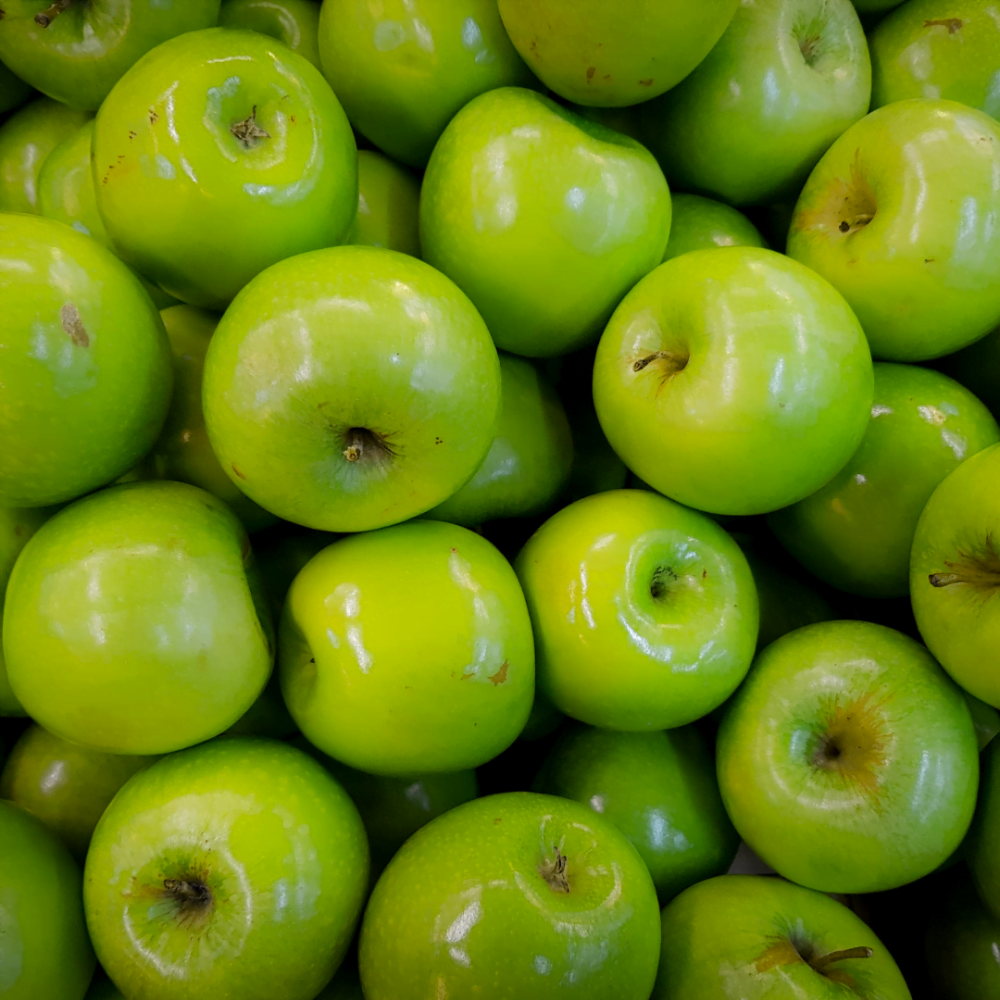
Basic care guide
- Crop family
The most important categories:
- Sugar apple: The tree is strong growing. The fruit is medium in size, round in shape, and reddish-yellow in color. The taste is sugary and the fruit has a strong aroma and delicious taste. It ripens in late July.
- Sugar apple: The tree has a strong growth. The fruit is large in size, swollen in shape and compressed at the top, and its color is greenish-yellow. The pulp is dense, watery, with a slight acidic taste. The fruits ripen in late July - early August.
- Boiken is a medium-sized tree, blooms late, and the fruits are larger than average.
- Golden delicious. This variety is characterized by abundant production and early fruits.
- Sana pareil is a good variety with very large fruits. Beautiful to look at, tastes delicious. The pulp is white to yellowish, juicy, with a strong aromatic smell. The taste is sweet with a little acidity. The fruits ripen in August and tolerate transportation and storage
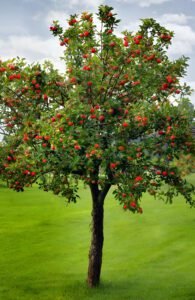
The amount of water needed
Apple roots are relatively shallow, reaching about 18-24 inches (45-60 cm) deep. Therefore, watering should focus on the top layer of soil where the majority of roots are located. A good watering practice is to provide enough water to completely saturate the top 6-8 inches (15-20 cm) of soil.
- Smaller or younger plants have smaller root systems and therefore need less water than fully grown or larger plants.
- To ensure proper drainage and prevent waterlogging, apple plants should be planted in good soil… Monitoring the soil moisture level by inserting a finger or soil moisture meter into the top few inches of soil can help determine when to water.
Suitable living conditions
Temperate regions, prefer cool temperatures.
- It tolerates cold and thrives best when the temperature is above 0°C. During winter, it should be kept above -30°C. When the temperature drops below -35°C, although there may not be any noticeable changes during the winter, the branches may become brittle and dry during the spring, and new buds will not appear.
- During the summer, apples should be kept at a temperature below 35°C. When the temperature exceeds 41 degrees Celsius, the plant's leaves may become lighter in color, the tips may become dry and wilted, and the plant becomes more susceptible to sunburn.
Suitable lighting for him:
At least 6 hours of direct sunlight daily.
- The apple thrives in full sun but is sensitive to heat. Although it occasionally shows symptoms of sunburn, it is unable to withstand intense sunlight in high-temperature environments. (It is recommended to prune any completely dried or wilted parts of the plant)
- Temperatures
Its preferred temperature is 32 to 95 degrees Fahrenheit (0 to 35 degrees Celsius).
- Apple scab: Remove all fallen leaves from around your apple tree. Use a commercial fungicide on the apple tree every two weeks as soon as new shoots appear.
- Powdery mildew: It is estimated that powdery mildew and apple scab are responsible for up to 50 to 60 percent of fruit losses each year. To treat powdery mildew, you will need to act quickly, when the fungus is still in the buds. Spray regularly with a mildew spray, then spray repeatedly with the fungicide until the mildew is visibly gone on new shoots (usually by the fourth application). In severe infections, you may need to use sterol-suppressive fungicides
- Phytophthora rot: Phytophthora rot is a very destructive disease that cannot be treated very effectively. The best way to avoid this is through prevention, by choosing an asset with resistance
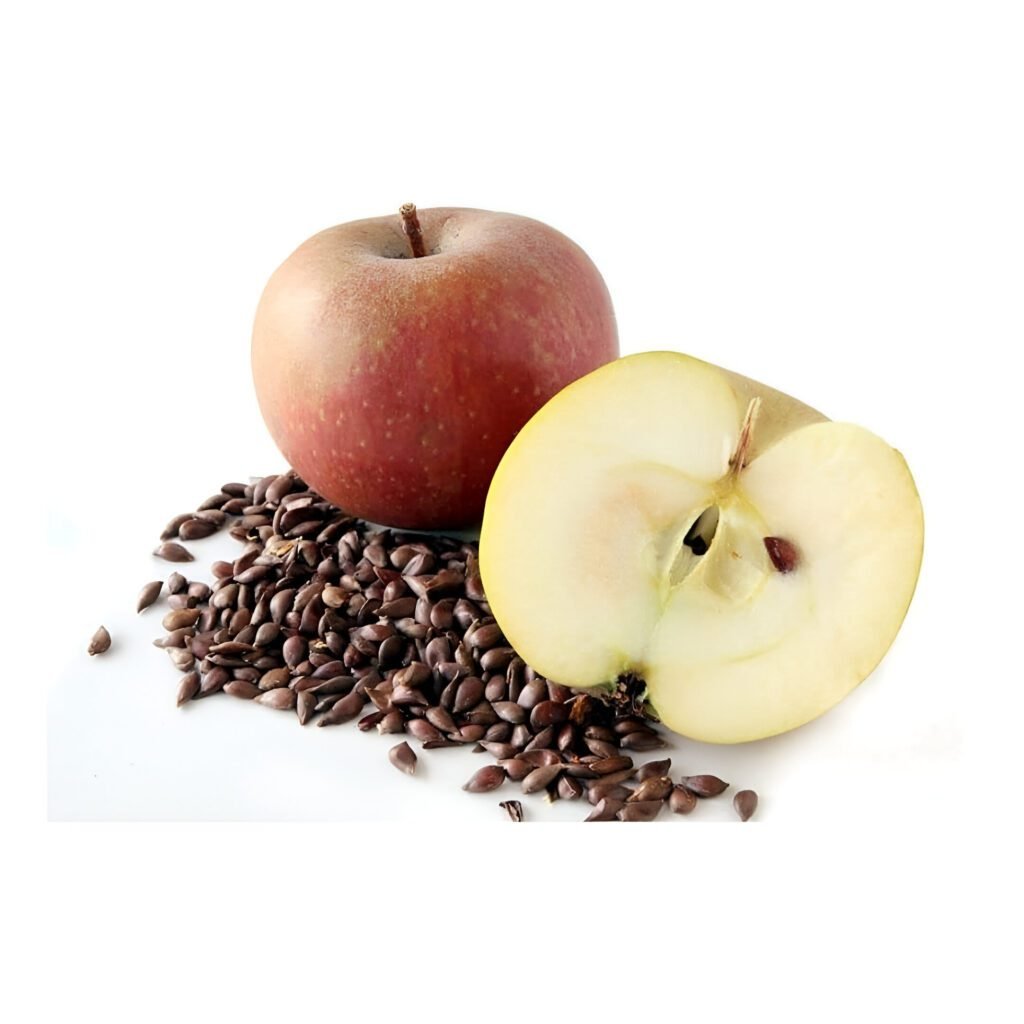
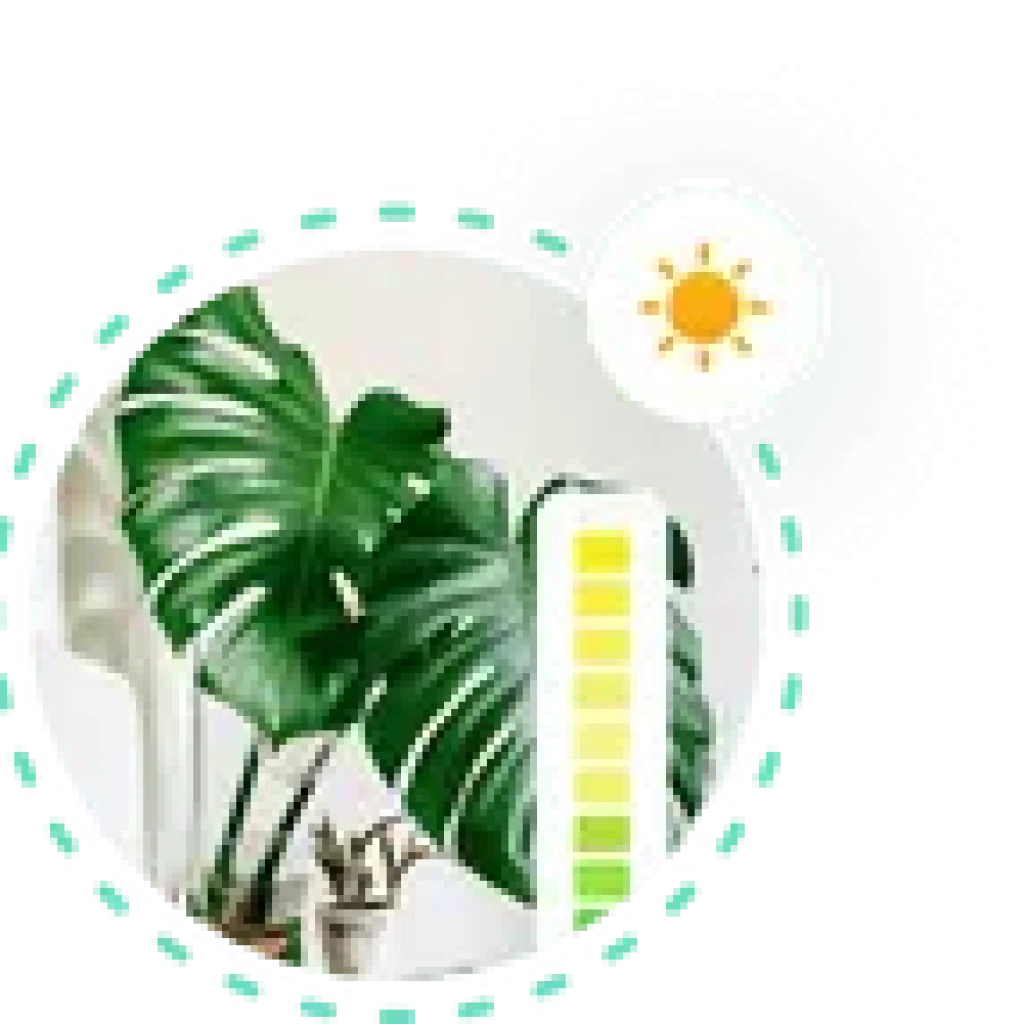
Find out what light your plants are actually getting.
Find the best locations for them to improve their health, simply using your phone.
Apple trees can grow in a wide range of soils from medium-textured loam to gravel sand. However, poor soil will produce poor results, and the best crops are found in fertile sandy and clay soils.
The soil must be well drained. Wet soil leads to poor aeration and an increased incidence of crown rot in apples
Soil with a high organic matter content is usually better structured and allows for good rooting.
Apples prefer slightly acidic to neutral soil (pH between 5.8 and 7.0).
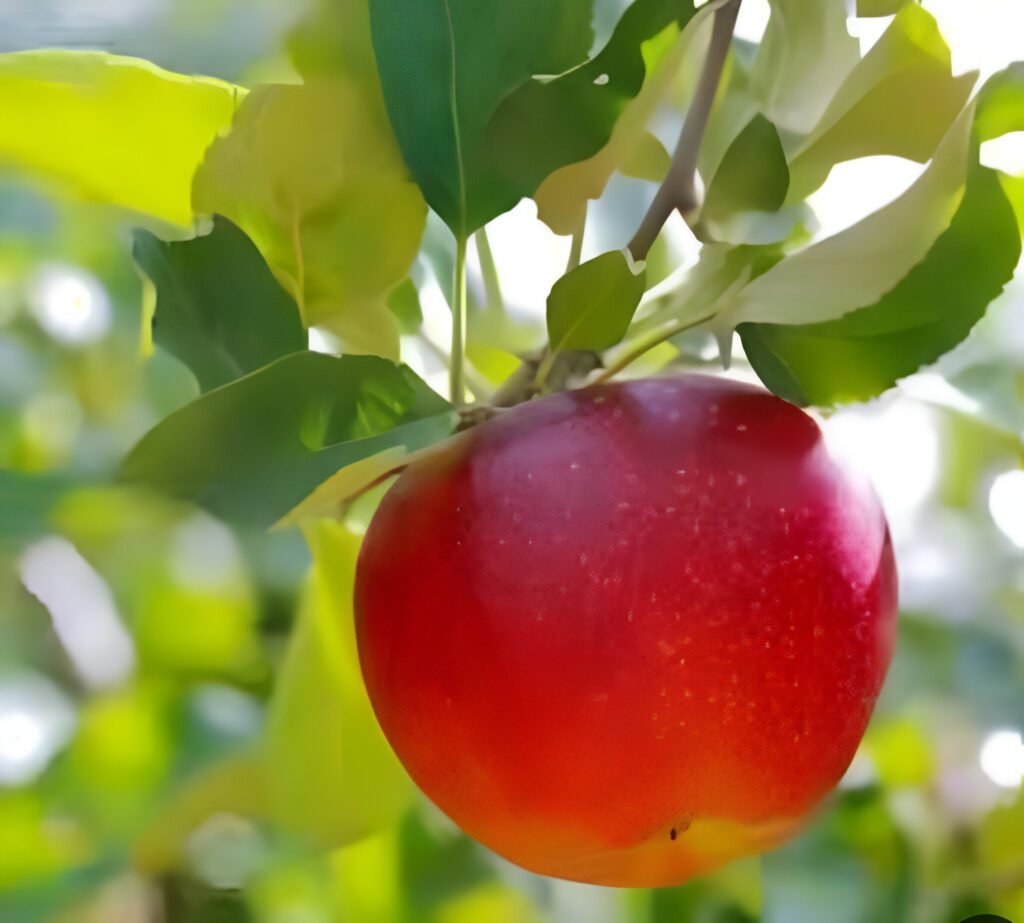
Flowering stage
Apple trees will bloom in the early spring between mid-April and mid-May after the cold hours required during winter dormancy have been met
How to plant seeds
- First, the seeds must be exposed to a period of cold temperatures, a process called stratification. You will need to place several seeds in the refrigerator for about 6 weeks. Then it is ready for planting in small ponds.
- Make a small hole in the soil with your fingertips, then drop the seeds in and cover them with soil, making sure to water them well. Keep the soil slightly moist, and when the leaves begin to appear, move the pot into sunlight. When the strongest seedlings are several inches tall, transplant them into the ground.
Fruiting stage
Once an apple tree reaches full bloom, its bloom usually lasts 3 to 10 days. During this time, bees and other insects pollinate the flowers. 5-10 days after about 75% petals fall from the flowers, fruits begin to form.
- A full-sized apple tree will be mature enough to flower in 7 to 10 years
Fertilization
- Nitrogen and potassium are very important for leaf growth, flowering and fruit set, while phosphorus is essential for the development of a strong root system especially in the early stages of plant development. Calcium, magnesium, manganese, zinc and boron are also important for the various stages of bud growth, flowering and fruiting, and any deficiency will have a negative impact on the number and quality of fruits and the overall health of the tree.
- A mature apple tree needs an average of 0.6 lbs. (270 grams) of nitrogen per year, while the average small fruitless fruit needs only 0.15 pounds. (68 g) of N annually. These are the rates for standard height trees, so dwarf tree needs are typically reduced by 40%.
- A common fertilization regimen used by many apple growers is to add 1-4 pounds once a year. (0.5-2 kg) NPK 12-12-12 or 11-15-15 per young tree and 6.5 to 11 lbs. (3-5 kg) NPK 12-12-12 or 11-15-15 per mature tree. Keep in mind that 1 ton = 1,000 kg = 2,200 lbs. And 1 hectare = 2.47 acres = 10,000 square meters.
Pruning
- Mow trees in March or April to avoid damaging branches or stunting growth.
- Shape young trees into a pyramid shape, with 4-6 thick primary branches emerging from the trunk.
- Routinely cut away dead or damaged wood, as well as any branches growing vertically or downward.
- Thin the fruiting shoots so that they are about 15 cm apart and contain only one fruit per shoot
- Prune in late winter or early spring
Suggested use
- Apples can be canned, pressed, and fermented to produce apple juice
- Apples are an important ingredient in many winter desserts, for example apple pie
- It is widely cultivated as an ornamental tree, and is grown for its beautiful flowers or fruits
- Suitable planting time
Planting usually takes place in January and February



